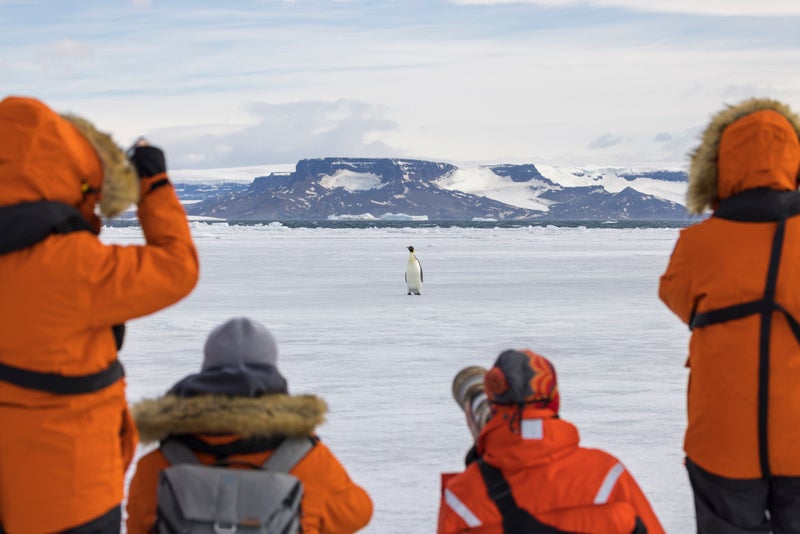The ozone layer above the Antarctic may be healing at last, according to a promising new study. The Copernicus Atmospheric Monitoring Service (CAMS) found that the hole above the South Pole closed earlier than expected this year. Following a four-year run of late closures, Earth's protective layer has finally returned to normal by closing in early December rather than later in the month.
![[Scientists have revealed some encouraging news for the planet as they find that the hole over the Antarctic is on its way to recovery following four years of worryingly large ozone holes (stock image)]](https://i.dailymail.co.uk/1s/2024/12/10/16/93000361-14177803-image-a-32_1733847512184.jpg)
In addition to closing early, the Antarctic ozone hole was also smaller and formed later than in the last few years. After starting in late August, this year's ozone hole expanded to a peak of 8.49 million square miles (22 million square kilometres) by the end of September.
![[After starting in late August, this year's ozone hole expanded to a peak of 8.49 million square miles (22 million square kilometres) by the end of September. This is over 1.16 million square miles (3 million square kilometres) smaller than the unusually large ozone hole which formed in early September 2022]](https://i.dailymail.co.uk/1s/2024/12/10/16/93000151-14177803-image-a-45_1733847831411.jpg)
This is over 1.16 million square miles (3 million square kilometres) smaller than the unusually large ozone hole which formed in early September 2022. Climate experts say Earth's protective gas layer is now back in line with the post-1997 average, raising hopes that it could be on its way to recovery.
![[As of early December, measurements show that the ozone hole above the Antarctic (pictured) has fully closed]](https://i.dailymail.co.uk/1s/2024/12/10/16/93000157-14177803-image-a-44_1733847824033.jpg)
Laurence Rouil, director of CAMS, says: 'Hopefully, we will see the first signs of recovery of the ozone hole in the coming decades.'. The 2024 Antarctic ozone hole was one of the smallest in recent years (pictured), formed later, and closed earlier. Scientists have revealed some encouraging news for the planet as they find that the hole over the Antarctic is on its way to recovery following four years of worryingly large ozone holes (stock image).
![[As this graph shows, there is considerable variation in how late the ozone hole closes. The last four years have been extremely late closures following an exceptionally short-lived hole in 2019]](https://i.dailymail.co.uk/1s/2024/12/10/16/93000153-14177803-image-a-43_1733847805935.jpg)






















